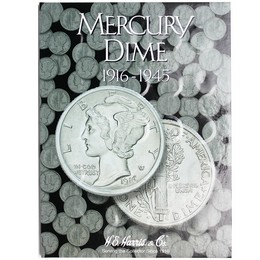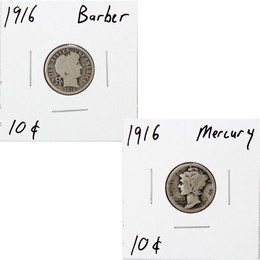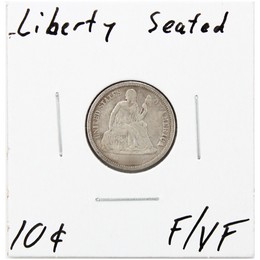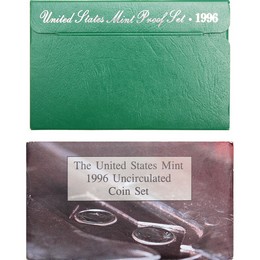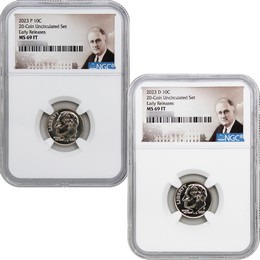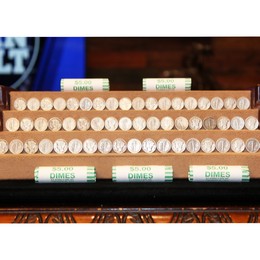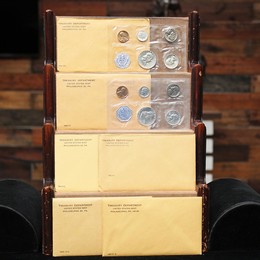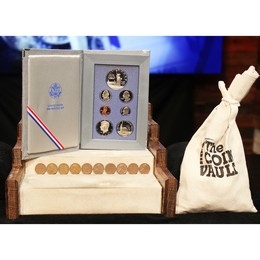United States Dime

United States Dimes
The dime, a ten-cent coin, has a storied history in the United States, beginning with the Coinage Act of 1792. This legislation established the U.S. dollar and its subdivisions, including the dime, designed to represent one-tenth of a dollar. The first dimes, minted in 1796, featured Liberty on the obverse and an eagle on the reverse, marking the start of a coin that would transform significantly over time.
Over various minting periods, the dime's design and composition have seen notable changes. The Seated Liberty design, introduced in 1837, offered a mature depiction of Liberty that lasted for decades. The Barber dime, minted from 1892 to 1916, displayed a classic portrait, while the Mercury dime, produced from 1916 to 1945, is acclaimed for its artistic portrayal of Liberty as a winged figure, symbolizing freedom and progress. Each design reflects the artistic trends and cultural sentiments of its time, adapting to the needs and values of American society.
Historical events have also influenced the dime's design and production. During World War II, a silver shortage led to changes in the coin's composition, including the introduction of the wartime nickel. The transition to the clad dime in 1965 marked a significant shift in minting practices, driven by economic factors and the necessity for cost-effective coinage. The evolution of the United States dime is an engaging narrative that intertwines art, culture, and economics, making it a treasured collectible for enthusiasts and historians.

